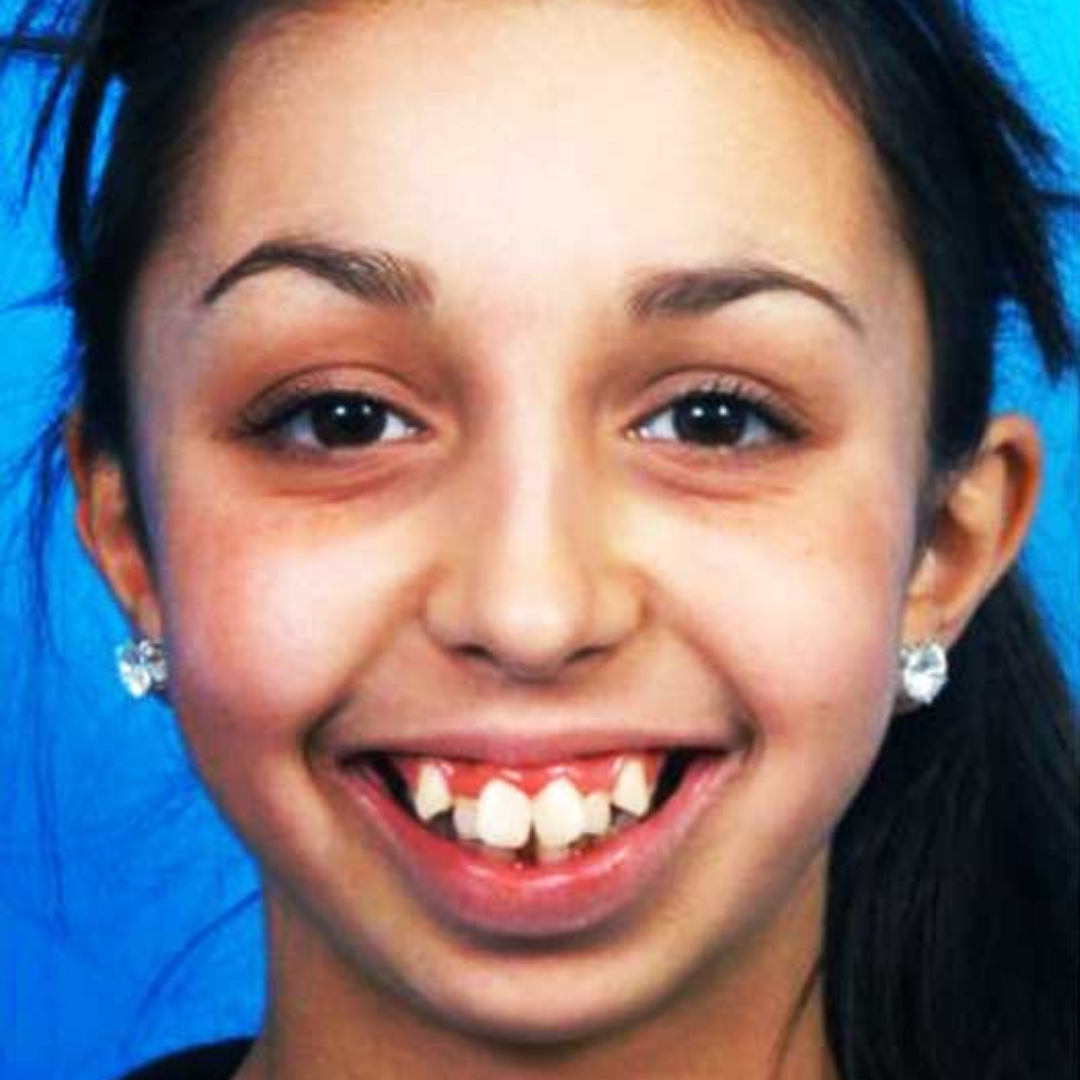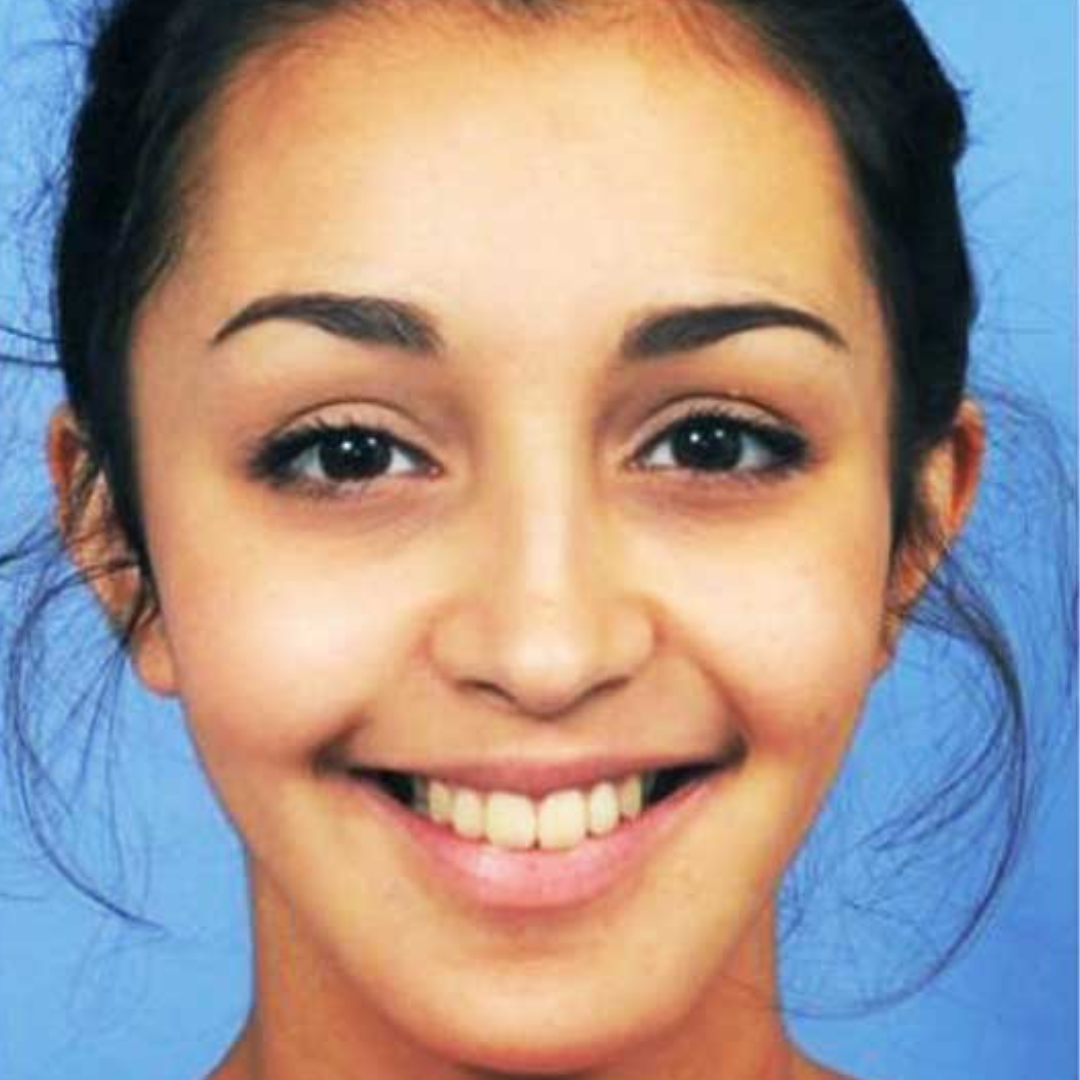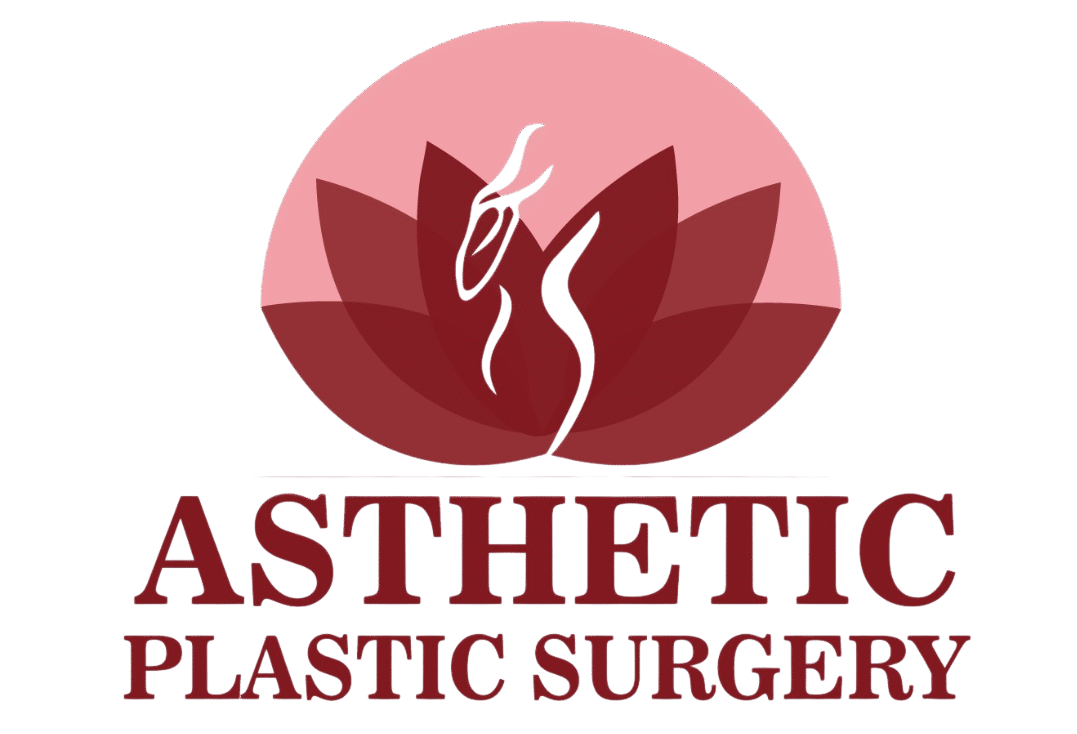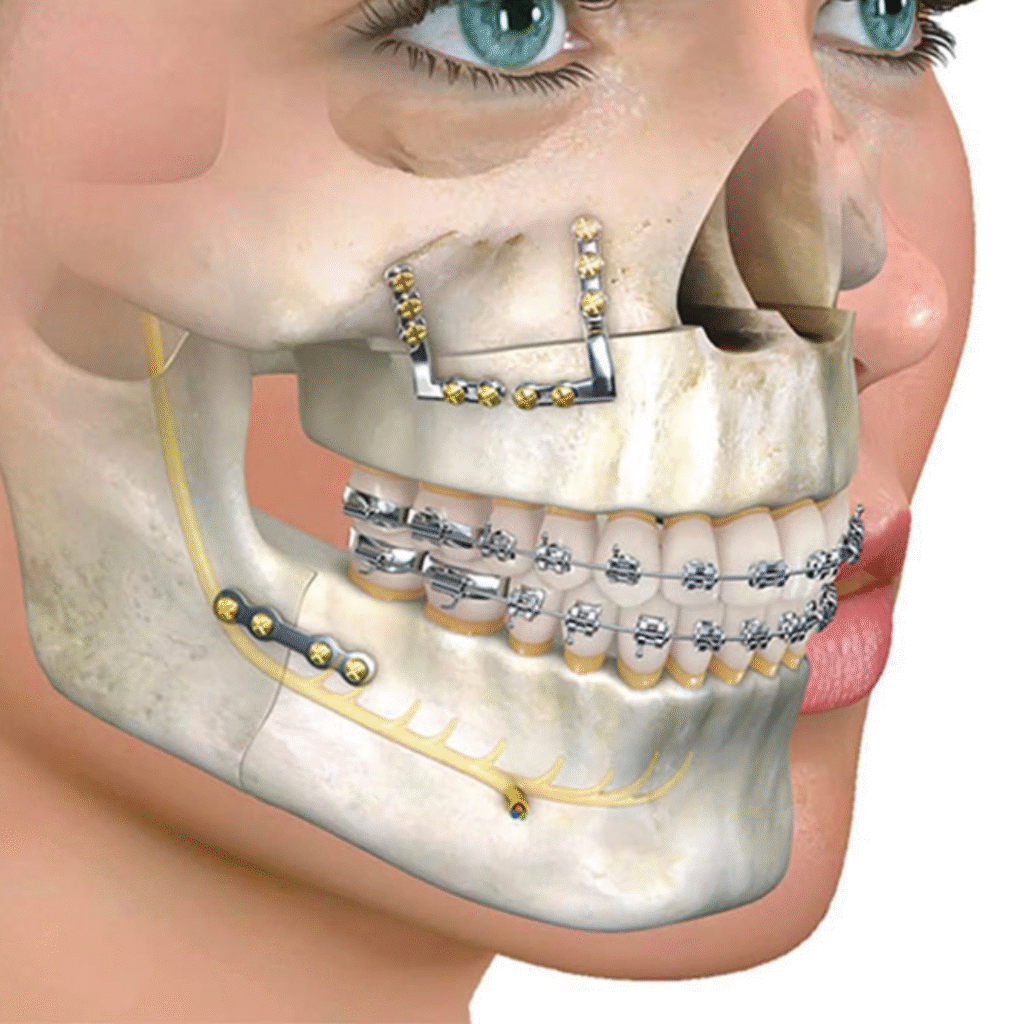Orthognathic Surgery
Confidence Begins with Expert Care
Satisfied Patients
Year of Experience
Satisfied Patient
Awards
What is Orthognathic Surgery?
Orthognathic surgery, or corrective jaw surgery, fixes jaw and teeth misalignments that orthodontics alone can’t correct. It improves chewing, speaking, breathing, and facial appearance.
What causes it:
- Skeletal or dental abnormalities (underbite, overbite, open bite, crossbite)
- Congenital conditions (like cleft palate)
- Facial trauma or injury
- Growth abnormalities (jaw grows too much or too little)
Symptoms:
- rotruding upper or lower jaw
- Difficulty biting or chewing food properly
- Facial imbalance or asymmetry
- Chronic jaw or TMJ pain
Complete Process
Pre-Surgical Evaluation
We begin with a comprehensive facial assessment, including: X-rays, CT scans, or 3D imaging , Orthodontic evaluation , Digital bite simulation and face analysis
Surgical Planning
Using advanced 3D planning software, we simulate the ideal jaw movement and facial structure. Our team discusses every step with you before proceeding.
Surgery
Performed under general anesthesia, orthognathic surgery involves cutting and repositioning the upper jaw (maxilla), lower jaw (mandible), or both. The bones are secured using plates, screws, or splints.
Most patients stay in the hospital for 1–3 days.
Recovery & Follow-Up
Healing takes about 6–8 weeks, with full recovery in 3–6 months. Post-surgical orthodontics continues to fine-tune alignment, and follow-ups ensure proper healing.
Orthognathic Surgery
Why Choose Us for Orthognathic Surgery?
- Board-certified maxillofacial and plastic surgeons
- Seamless coordination with in-house orthodontists
- 3D imaging and digital jaw simulation for precise planning
- Minimal scarring techniques and faster healing
- Post-op care and long-term support
- Proven results in both functional correction and cosmetic enhancement


Need Help?
Patient Recovery & Care Tips
- Stick to a soft food diet for several weeks
- Follow oral hygiene and rinse instructions
- Attend all follow-up visits and orthodontic sessions
- Avoid strenuous physical activity during early recovery
- Be patient — facial swelling and numbness are temporary
- Use cold compresses and prescribed medications for comfort
Get In Touch!
We Would Love to Hear from You!
If you’re experiencing jaw misalignment and seeking expert, personalized treatment, contact us today for a private consultation.
+91-98765-43210
info@astheticplasticsurgery.com
Asthetic Plastic Surgery 2nd Floor, Wellness Plaza South Extension, New Delhi – 110049
Testimonials
Hear directly from our patients as they share their personal journeys—how expert care, advanced procedures, and compassionate support helped them regain confidence and improve their quality of life. These testimonials reflect the transformative impact of our work and the dedication we bring to every patient’s experience.
"I never realized how much my jaw alignment affected my confidence. After surgery, everything—from my smile to my posture—feels better."
Explore Our Latest Blogs
Discover insightful articles covering treatments, recovery tips, real patient experiences, and the latest advancements in medical care. Whether you’re exploring your options or seeking to better understand a condition, our blogs offer reliable information and compassionate guidance to support you every step of the way.
FAQ
Frequently Asked Questions
Yes, when performed by experienced surgeons, orthognathic surgery is generally safe and has predictable outcomes. Like any surgery, it carries some risks, but serious complications are rare.
You may be a good candidate if you have difficulty chewing, speaking, breathing, or have noticeable jaw misalignment. A consultation with a surgeon and orthodontist will confirm your eligibility.
Initial healing takes 2–3 weeks, but full recovery, including bone healing and final results, can take 3–6 months. Most patients return to normal activities within a few weeks.
Yes. The goal is to enhance function while creating natural, balanced facial aesthetics. Results are carefully planned using 3D imaging and simulation tools.
Yes. Once the bones heal and settle into their new position, the results are typically permanent with proper care and follow-up.
Yes, flexible EMI and financing options are available to make treatment more accessible. Our team will guide you through the available plans during your consultation.

